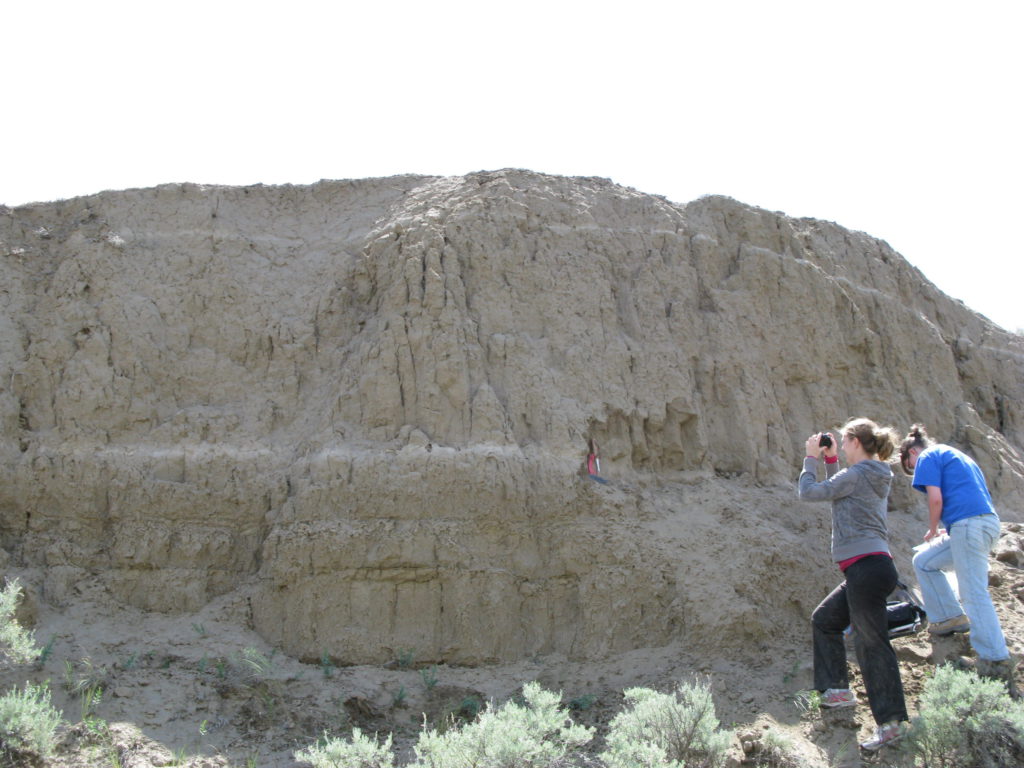B.C. university receives research money to assist in locating critical minerals


B.C.’s University of the Fraser Valley (UFV) has received funding that may hold the key to identifying locations in Canada to mine for critical minerals. UFV is a public university located just east of Vancouver. UFV has campuses and locations throughout B.C. in Abbotsford, Chilliwack, Mission, and Hope.
The public understands how valuable lithium and other critical minerals have become. The average person understands these vital minerals are inside everything nowadays, from EVs, to win turbines, to solar panels, and to rechargeable batteries. Thus, researchers are seeking new ways to locate these indispensable minerals.
Dr. Olav Lian, director of the university’s luminescence dating lab, received funding from the Canadian Foundation for Innovation (later matched by UFV and other sources) to effectively double the instrumental capacity of his lab, which is the only one in Canada west of Montreal. Those building this new instrument are building it in Denmark and will arrive at UFV later this year.

Lian and his team use unique methods to identify areas with critical minerals. As geochronologists, Lian and his associates study how the physical environment has changed over the millennia by analyzing long-buried grains of sand. Scientists using luminescence dating are able to date when they were last exposed to sunlight — or when that landscape was last unstable.
Research tells us minerals absorb radiation from the environment. If these minerals become buried and kept in the dark they can then store energy. Stored energy can be released when it receives exposure to sunlight (setting the ‘clock’ to zero). Scientists can also release and measure it in the laboratory under controlled conditions. Research indicates the intensity of luminescence (light) is proportional to the amount of time the mineral was buried.
Lian and his team have used luminescence dating to measure the effects of long-term environmental (climate) change at sites all over the world. Archaeologists are able to date artifacts from archaeological sites using this method. They can determine date through how long those artifacts have been in the dark in a landform, such as an ancient river floodplain.
His new work centers around drift prospecting. If one finds a sedimentary deposit like the bed of a glacier that existed during the last ice age, or an ancient river floodplain, one can isolate where that sediment came from. This allows someone to track minerals back to the ore bodies they came from.
Scientific researchers would tell you that drift prospecting isn't new, but the way it’s now done sees glacial sediment samples analyzed using complex and expensive geochemical laboratory methods.
Lian believes luminescence may provide a better way.
Lian elaborated, “It has long been known that the colour of light emitted from irradiated minerals, when they are stimulated by heat or by light of a different colour (energy), varies with the type of mineral, or even with the same kind of mineral. We are investigating whether a luminescence signal, or a collection of luminescence signals of different colours (luminescence emission spectra), can be used to more efficiently detect these minerals in bulk samples.”
Officials at the university said that to obtain the grant, they had to demonstrate the research would benefit British Columbians and Canadians in general.
Dr. Garry Fehr, associate vice-president of research and graduate studies at the UFV, said, “It’s meeting the needs of partners in government and industry, and it puts UFV on the map as a leader in this area. We know mineral mining will be done more sustainably here than it would be elsewhere, while creating more jobs.”
Click here for more on UFV’s Luminescence Dating Laboratory.
Comments